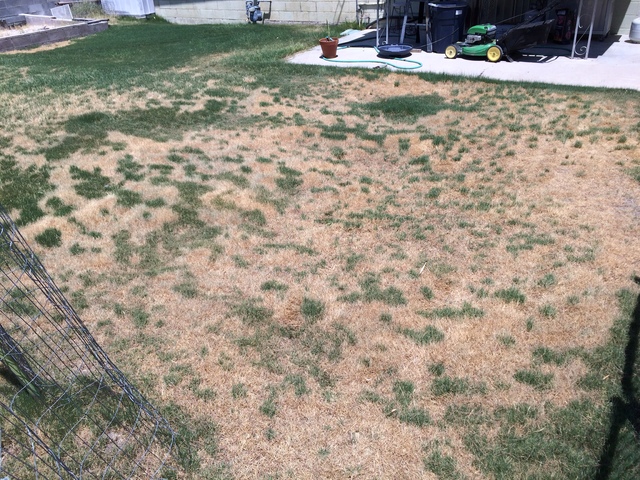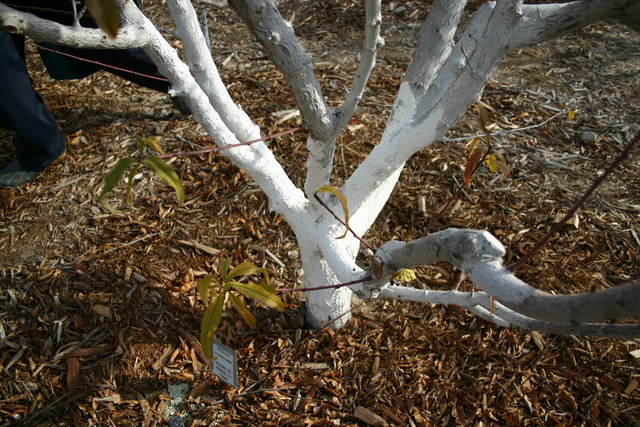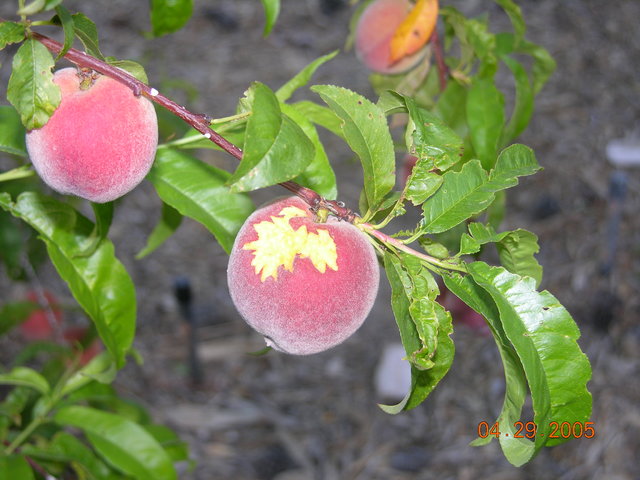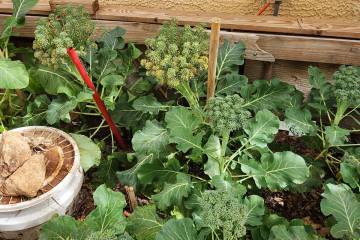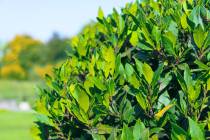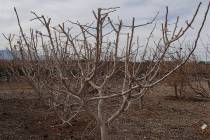Frequent compost applications helps control lawn diseases
Q: I have a lawn that did not do well this last summer. It browned and had a few patches that had some sort of infection and die-off. We added compost in early fall, and the lawn perked up quite a bit, but it browned again considerably even though it is a fescue blend that should remain green through our winter. I think it probably needs another application of compost at some point. When should I add compost again?
A: There is solid research from major universities showing that many lawn diseases are controlled by applying frequent compost applications through the growing season. To accomplish this, light applications of compost, about ¼-inch deep, should be applied monthly. This is equivalent to applying 10 to 15 cubic feet of compost per thousand square feet.
With regular compost applications and returning grass clippings to the lawn using a mulching mower, no additional fertilizer is needed. One or two applications of compost during the year is not often enough to maintain a healthy lawn.
To keep the lawn from browning during freezing temperatures, an application of compost is needed around Thanksgiving through the first week of December. Depending on the compost, a supplemental application of high-nitrogen fertilizer might be needed.
High levels of nitrogen inside the grass need to be present before cold temperatures to prevent fescue from turning brown, even in our climate. If nitrogen levels are low when freezing temperatures arrive, any lawn will turn brown.
However, most problems with lawns growing in the desert are related to watering and irrigation. Make sure water is applied evenly to the lawn from the sprinklers. Sprinklers must “throw” water from irrigation head to irrigation head.
The second contributing problem results from the condition of the soil that can result in suffocation of grass roots. Adequate soil preparation at the time of planting is hardly ever done by professionals. This soil problem can be corrected, somewhat after-the-fact, by coring holes in the existing lawn once a year using a commercial, gasoline-operated aerator.
Make sure your irrigation system is adequate. Aerate the lawn in January or February. Apply 10 to 15 cubic foot bags of high-nitrogen compost with a compost spreader for every 1,000 square feet of lawn. Mow with a mulching mower.
Q: The Royal apricot tree I planted three years ago died. Someone at the nursery told me they thought it was borers. When I was digging the old tree out, I broke a branch and found a dead larva. I plan to replace the tree next week. Is there anything I should put in the soil at the time I plant the tree that gives it some resistance to borers and I can still eat the fruit? I would prefer a nonchemical solution to the problem.
A: Borers here are a problem in nearly all trees and shrubs, not just fruit trees. Peach is most susceptible, and apricot and plum trees are less but also are attacked if conditions are right. Apple can be very susceptible to borers, particularly when the trees are young.
This borer is in three different forms during its life cycle: egg, immature larva or worm (which causes typical borer damage) and the flying adult, which is a 3/8-inch-long beetle. Adult beetles can fly and find a mate using their sense of smell.
Females lay eggs on limbs of trees and shrubs. They use their sense of smell to find the best place for egg laying. The smell that really turns on their egg laying is the odor given off by sunburned but living wood. Dead wood doesn’t have the right odor. Only wood that is alive but damaged.
Their eggs hatch on the sunburned limb in a few days, and the small, newly hatched worm tunnels into the tree, where it finds food and protection from predators while it grows. The food these worms eat is the young wood just under the bark that is full of sugars.
Most of its time is spent inside the tree, not outside of it. The most effective chemical that controls this pest is a systemic insecticide either poured around the roots of the tree or sprayed on the leaves. It is one of the most widely used insecticides in the world commercially and labeled for fruit trees and even vegetables. You can find this product in a homeowner form at any nursery or garden store.
This pesticide enters the tree and spreads through it (systemically) where it stays put and effective for about 12 months. It is very effective.
Scientists are debating, but there are allegations it may play a role in the recent decline in bee populations. Personally, I have a problem with any systemic insecticide approved for use in protecting food from insects, whether approved or not.
One nonpesticide approach is painting the trunk and tree limbs with whitewash. It is not 100 percent effective, but it does help. An organic method is digging out these worms from damaged areas of the tree with a sanitized knife. Once removed, allow the tree to heal without applying anything to the wound.
Look for borer activity the day after a good rain. Areas damaged by borers push out a dark colored, jelly-like ooze indicating where the pest is located. Start looking for the borer at this spot with a sanitized knife and remove any places where it can hide from predatory birds and other insects.
Q: I had a lot of bird damage to my apricots this year.
A: Bird damage is easy to stop in apricots, but you must harvest the fruit when still hard and let them finish ripening off the tree. When it comes to apricots, plums and peaches, tree-ripened fruit does not mean the fruit is left on the tree until it is soft. Doing that is just asking for bird damage.
Some fruit ripen off the tree, while others do not. Most of the stone fruit such as apricots, plums and peaches can be harvested when still hard, and they will finish ripening off the tree. Fruit like apples, cherries, pomegranates and grapes do not and must be harvested when they are ripe.
It is important to harvest fruits at the right time. One method to use is to inspect the fruit for bird damage daily when close to harvest time. Begin harvesting when damage starts. Birds know when sugar content is rising. That’s when bird damage usually begins.
I said “usually” because, on occasion, a bird pecks at green fruit too early, but this is an inexperienced or desperate bird. Damage to the fruit does not begin in earnest until the sugar content is climbing.
This increase in sugar content in apricots also coincides with a change in fruit color, approximately seven to 14 days before the fruit is soft on the tree. Keep an eye on the fruit, and look for early bird damage. If the fruit has begun to change color, harvest when the fruit is still hard.
Apricots develop good sugar content when harvested early. Sugar content does not equal flavor. Flavor is much more complex than just the amount of sugar. It has a lot to do with the mixture of different chemicals inside the fruit such as the organic acids, flavonoids, etc.
Q: I have hundreds of palm seedlings coming up in my yard. Can you tell me the best way to get rid of them short of pulling them up by hand, which for me would be physically impossible. I’m 88 years old.
A: Probably the best way is to use a dandelion weeder when the seedlings are still small. A dandelion weeder is an old-fashioned hoe that has a very narrow tip shaped like a “V” or snake’s tongue. It was used in lawns prior to the 1960s to remove dandelions because weed killers were not yet available.
This weeder is pushed into the soil next to the palm seedling at a 45-degree angle and given a strong push. It severs the seedling about a half inch below the soil, severing it from its roots. I know you don’t want to pull them, but they pull most easily from the soil if the soil is wet and the palms are about 12 to 15 inches tall.
Weed and brush killers will work if they contain the right ingredients. Dandelion killers will not work, and Roundup does not work even at high concentrations. Weed killers that are effective will be labeled for use in lawns to control woody plants.
Brush killers will work, but these chemicals may also kill any woody plants that are close by. They also persist in the soil for a few years.
Bob Morris is a horticulture expert living in Las Vegas and professor emeritus for the University of Nevada. Visit his blog at xtremehorticulture.blogspot.com. Send questions to Extremehort@aol.com.



